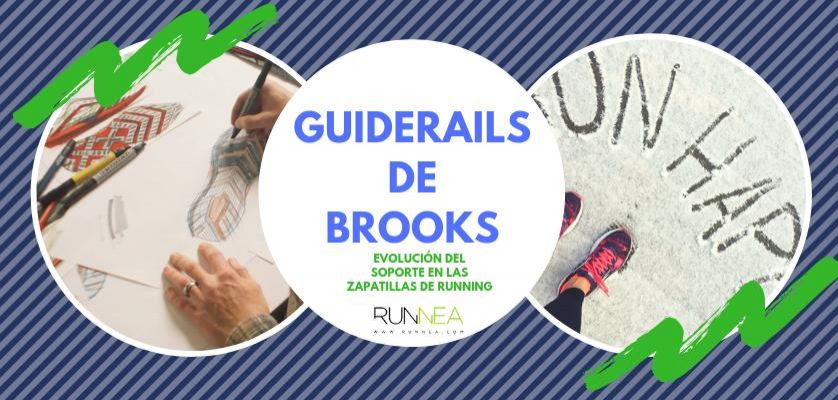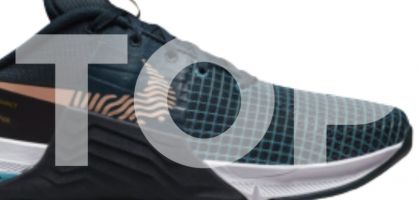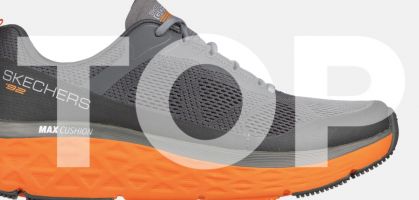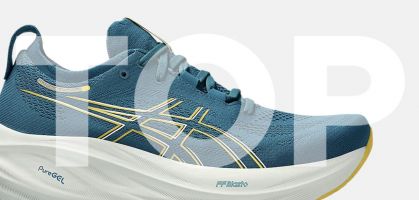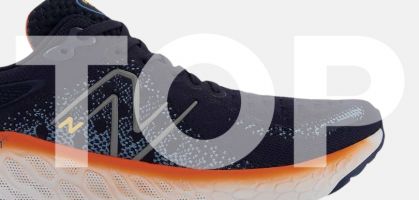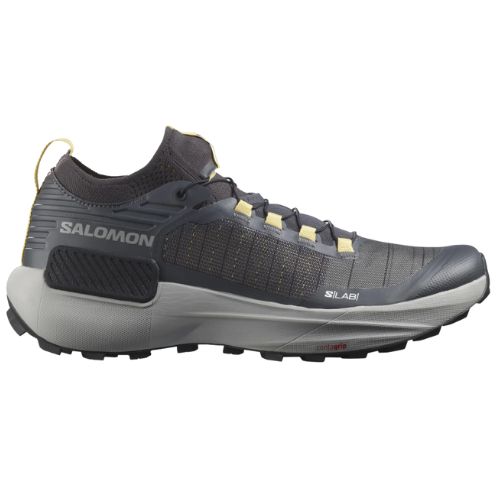It's time to talk about technology, and in this case about the new GuideRails concept from Brooks Running. The fact is that runners, and those of us who are passionate about running, are in luck, because this desire to innovate brands, and position their most iconic models at the top of the rankings of the best-selling Running shoes, runs, and never better said, in our own benefit. At our fingertips we have the best material to live an incredible running experience, while increasing performance, and even run more safely, because we keep the dreaded injuries at bay.
Trying to synthesize to make things clear, the renewed GuideRails 2.0 system from Brooks Running is presented as an intelligent support that is able to offer stability in the area that the runner needs the most, such as the knee. Thus, this technological innovation of the American firm is implemented as standard in three of its most emblematic Running shoes such as the Brooks Transcend 6 , the Brooks Ravenna 10 and the Brooks Adrenaline GTS 19
The latter, the Brooks Adrenaline GTS 19 is the first model from the American brand to implement this updated GuideRails 2.0 integrated support. While maximizing its cushioning capacity with the combination of DNA Loft and BioMoGO DNA foams, and garnished with an improved fit, by incorporating mesh and 3D Fit Print in its upper.

GuideRails, the new support concept from Brooks Running
From the hand of Brooks Run Signature, the GuideRails system represents a change of concept, because the focus is no longer on the idea that there is no one right way to run, but rather that there is only one way for each runner to run.
That said, the GuideRails 2.0 system shows that the runner will reach his or her maximum performance when the running shoe works according to the unique motion trajectory of each athlete. In addition, the great virtue of this updated system from Brooks Running is that it works for runners who need this support to keep moving forward, as well as for those who do not. Thus, for that profile of runner who needs stability to run, these lateral guides will become their best ally; while those runners who do not need it will take advantage of these guides when their stride deviates from the usual trajectory.
The main mission of the GuideRails 2.0 is to minimize excess rotation in both the heel and the tibia, and thus maintain the natural movement of the athlete's knee, offering a higher level of safety. This translates into the feeling of running without discomfort or pain.

The evolution of support to improve the runner's experience
With all the knowledge of biomechanics that exists today, since 2011, Brooks has been immersed in answering the question: "how to make products that work with the unique biomechanics of each runner", offering the best solutions for stability and support.
And all this search is concentrated in its "Run Signature White Paper", whose central axes are summarized in four points to be taken into account:
Providing stability in the knee area.
The knee joint is characterized by smooth extension and flexion, however in the transverse and frontal plane its range of motion is more limited, and if its muscles are not able to coordinate with the rest of the body to offer the least resistance, this can lead to excessive knee deviation, resulting in injury.
Individualized trajectory of knee movement
The very nature of each individual means that there are a variety of factors to consider, such as tissue strength and bone geometry, as well as adaptation. In other words, as runners, each of us has our own way of moving, and that comes to mean the natural movement of each one of us. A natural movement that is not learned, but comes about unconsciously. The knee joint is also included in this natural range of motion.

The movement of the foot directly influences the movement of the knee joint.
In order to offer more stability in the transverse plane of the knee, Brooks Running shoes have innovated to design elements that favor heel movement when the heel moves inward (adduction), because it is more linked to the knee's own rotation than when it rotates outward (eversion).
Better performance if the running shoe adapts to the natural movement of the joints.
Therefore, one of the basic pillars of running Running shoes should focus on the natural movement of the foot, and not on trying to correct it. This is where biomechanics comes into play to present the runner with the most suitable running shoe for his or her natural running style.
In short, and thanks to the discoveries of Brooks Run Signature, we must change the concept of "controlling" the pronation of the foot to rather guide and enhance the movement of the runner towards his/her own natural movement, and thus offer the support and stability that the knee needs. Thus, the new GuideRails system works in that direction, and the Brooks Adrenaline GTS 19, Brooks Ravenna 10 and Brooks Transcend 6 models try to fulfill that premise that the running shoe adapts to the runner, and not vice versa, that the runner adapts to the model in question.
Read more news about: Running News
